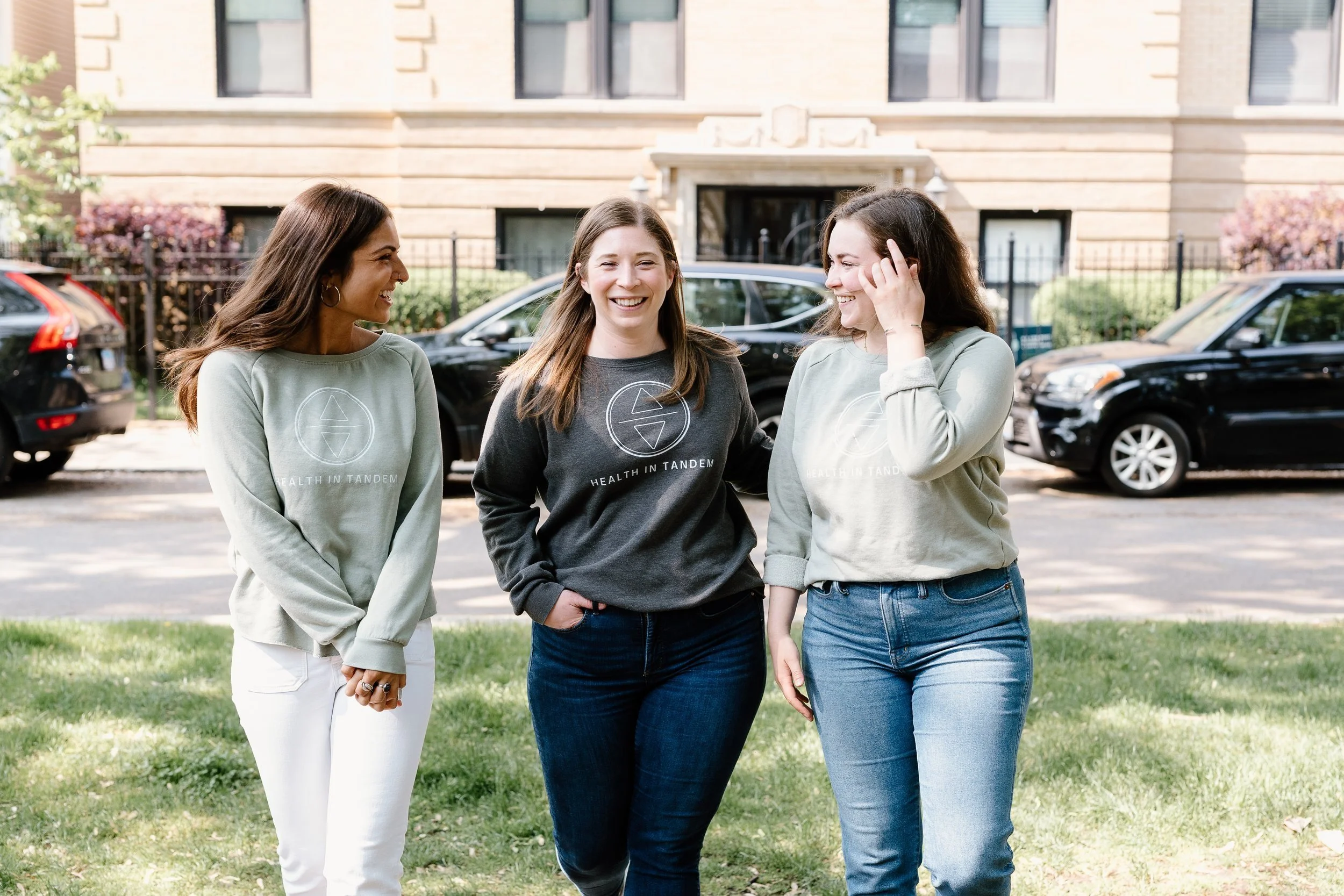Body Image Issues in Adults
When you hear the term "body image," you might think of teenage girls—but body image challenges affect people of all ages.
Why?
Because the human body changes throughout the lifespan. Everyone encounters expected changes like puberty, wrinkles, reduced mobility, or graying hair. Some may also anticipate changes like pregnancy. Others experience unexpected transformations due to illness or injury, such as amputation or medically related weight changes.
While bodily changes are universal, the way they impact mental health and self-identity varies. Many adults are surprised by body image struggles, especially if they didn’t experience them earlier in life.
Example: Sarah has always led an active lifestyle—cycling, attending Orange Theory classes, and stretching at night. In her 40s, she’s in a serious car accident. After multiple surgeries and physical therapy, she’s left with mobility limitations and must wear a medical boot. She's gained weight due to reduced activity and feels self-conscious in formal clothes. While Sarah feels grateful for her survival and current abilities, she also mourns her pre-accident body and freedom of choice in clothing.
Example: David, in his 60s, was often complimented for his looks during his youth. As he ages, those compliments disappear. His graying hair, changing skin, and thick glasses make him feel unattractive. He avoids social outings and spends time looking through old photos, longing for the way he used to look.
Contributing Factors
These examples illustrate how body image struggles often go beyond appearance. Sarah’s discomfort is linked to clothing and mobility. David’s isolation stems from perceived societal judgment. Body image is not only about how we see ourselves, but also about how we believe others see us—and how these beliefs affect our lives.
Several factors can influence how we view our bodies:
Media and social media
Cultural norms
Family messaging
Romantic relationships and intimacy
Medical conditions
Workplace expectations
Beauty standards
These influences can contribute to feelings of grief, shame, anger, sadness, and frustration toward the body.
Gender and Body Image in Adults
Body image concerns impact people of all genders—but the issues and pressures often differ.
Men
Men may experience body image issues related to muscle mass, height, or physical strength. As testosterone levels decline, men often lose muscle, which can lead to feelings of inadequacy or shame. Some turn to anabolic steroids, risking side effects like hormonal imbalances, fertility issues, and hair loss.
Cultural expectations around strength and stature can also take a toll. Messages that equate tallness with attractiveness or worth reinforce harmful beliefs that are outside a person’s control.
@colbycampbell.jpg
Women
Women face intense societal pressure to conform to narrow beauty standards. From early on, many are taught that thinness and beauty are tied to value. Pregnancy and motherhood bring visible bodily changes—like stretch marks or C-section scars—that can shift how women see themselves. While some feel more empowered after giving birth, others struggle with the loss of their previous appearance.
Inconsistent sizing in women’s clothing adds to the confusion and frustration. Body ideals often glorify thinness over natural body diversity, leading many women toward extreme diets or appearance-based behaviors.
Nonbinary and LGBTQ+ Individuals
Gender dysphoria—feeling a disconnect between one’s gender identity and physical body—can deeply impact body image. Beauty norms within queer communities can also marginalize those who don’t fit stereotypical appearances.
For many nonbinary people, societal expectations around gender expression can lead to distress when their appearance is misread or misinterpreted. Trans individuals, in particular, can face dysphoria around secondary sex characteristics, which can create barriers to self-acceptance.
Regardless of gender, poor body image can lead to:
Low self-esteem
Anxiety and depression
Disordered eating
Social isolation
Relationship challenges
Therapy and Self-Guided Tools for Positive Body Image
Working with a therapist who specializes in body image or related concerns can be highly beneficial. Evidence-based approaches like Cognitive Behavioral Therapy (CBT), Internal Family Systems (IFS), Acceptance and Commitment Therapy (ACT), and somatic therapies are proven effective for both diagnosed body dysmorphic disorder and subclinical body image struggles.
Not ready for therapy? You can start with small, accessible strategies:
Practice Neutral Self-Talk If positive affirmations feel out of reach, try neutral language. Reframing negative self-talk with factual, nonjudgmental statements can reduce shame and interrupt disordered thoughts and behaviors.
Try Journaling or Reflection You don’t need a pen and notebook—just pausing to reflect can be helpful. Here are a few prompts:
What messages about appearance did I internalize growing up—from family, culture, or media?
How have my body’s capabilities changed over time? What can I do now that I couldn’t before?
Which body part do I value the most and why?
How would my life change if I never looked in a mirror?
What would I say to my younger self about their body?



